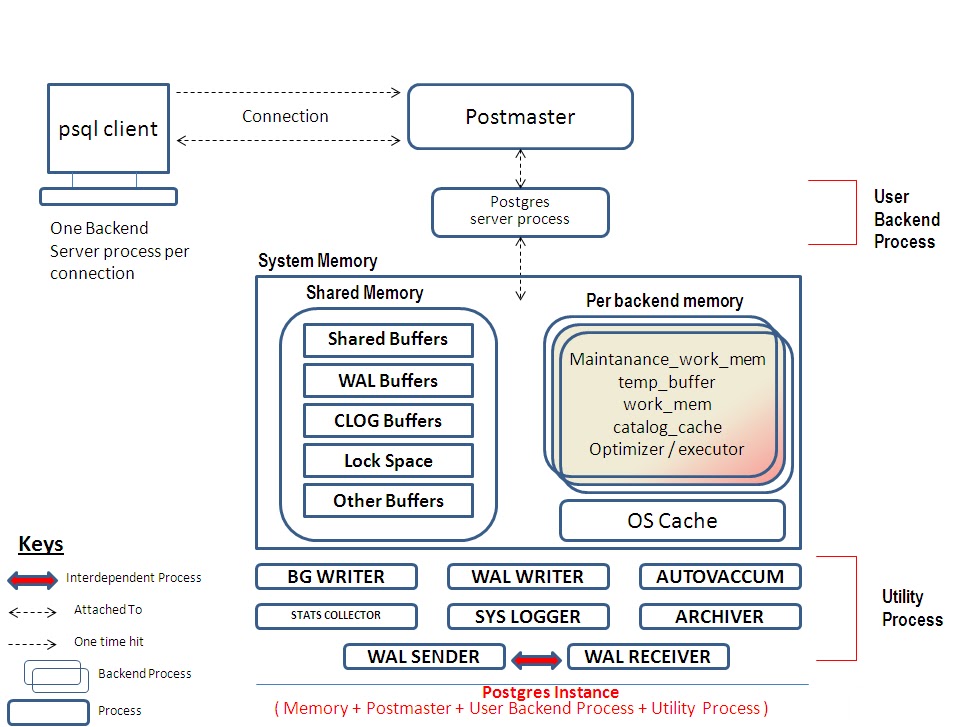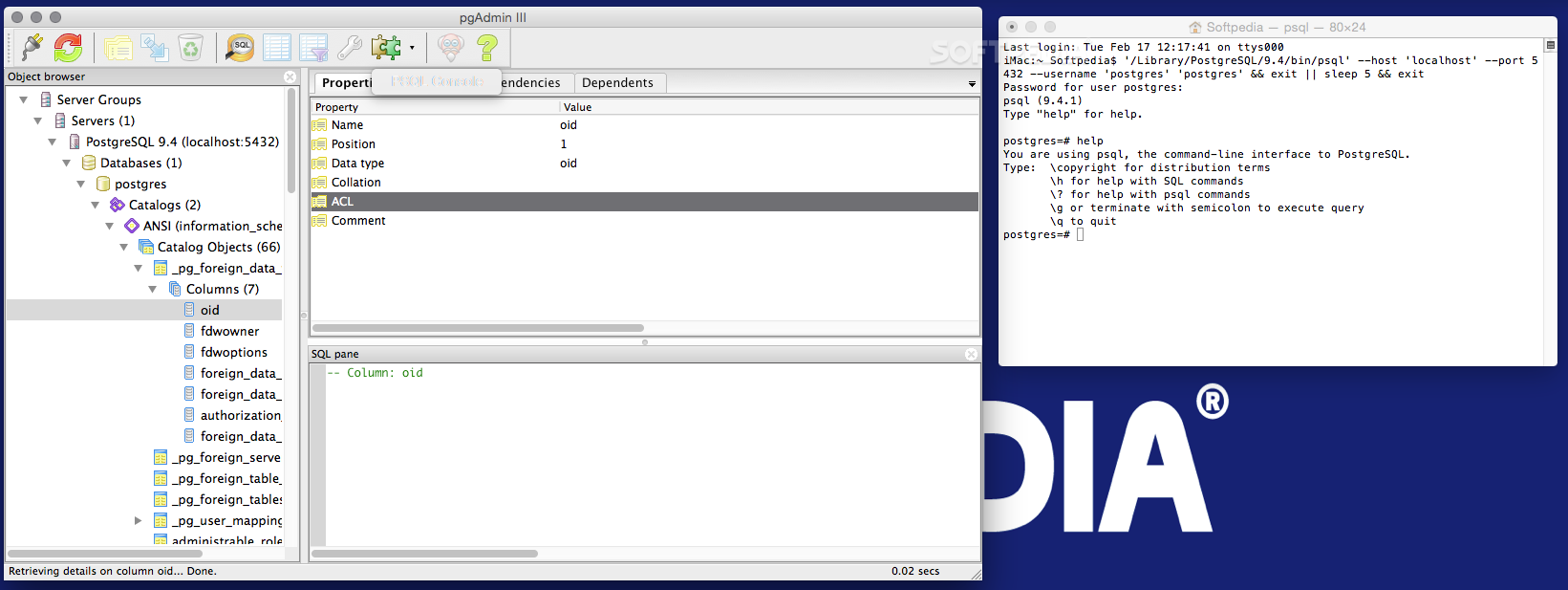

In normal circumstances the vPostgres configuration should not be modified in any way. This blog post is educational in nature and aimed at allowing vSphere Administrators to be more comfortable with the vPostgres database and the vCenter Server Appliance. We’ll take a look at some of the key configuration settings and why they are important to the vCenter Server Appliance.īefore digging into the vPostgres configuration I do want to make a quick point. In this post, Part 2, I’ll dig a bit deeper into the gears of vPostgres.
#POSTGRESQL XLOG POSITION SERIES#
Preceding file is the last one that currently needs to be archived.In Part 1 of this blog series I talked about vPostgres, some of its features, and why it’s the database platform of choice for the vCenter Server Appliance. This is usually the desiredīehavior for managing transaction log archiving behavior, since the Transaction log file boundary, both these functions return the name of When the given transaction log location is exactly at a Similarly, pg_xlogfile_name extracts just the transaction log file

Transaction log file name and byte offset from the results of any of You can use pg_xlogfile_name_offset to extract the corresponding TheseĪre both read-only operations and do not require superuser Point is made available primarily for server debugging purposes. Server, and is usually what you want if you are interested inĪrchiving partially-complete transaction log files. The write location is the end of what can be examined from outside the What has actually been written out from the server's internal buffers. Transaction log at any instant, while the write location is the end of

The insertion point is the "logical" end of the Pg_current_xlog_insert_location displays the current transaction log Location in the same format used by the above functions. Pg_current_xlog_location displays the current transaction log write The replica will immediately be able to start.Ĭreate the file with these (above) results but with the expected name per the error.ĭescription: Get current transaction log write location history file in your WAL directory with these values, et And you can get one by running: # SELECT pg_current_xlog_location() All we'd need to recreate a lost file is a good enough Locating the doc if you don't already know it's there.īut we're never going to go back to that timeline, because it's before Though, it tends to be harder to index, so you may have trouble So it seems that you will have to recreate the file. Point-In-Time-Recovery under some rather complex failover and The timeline split in the form of a small text file placed in the WALįile directory. When PostgreSQL promotes a new primary server, it creates a marker of Note: For Postgresql 10 and newer the function got renamed to pg_current_wal_lsn() So where do I get this "timeline history file"?Īs per the Six For Two post, you may just be able to create a file and then it'll move on with the replication setup, but essentially it's a PostgresSQL bug where it needs this file even though it's not applicable or it's deleted per the operation. However it just so happens that after I do pg_stop_backup() there's still nothing like this in pg_xlog/, nor anywhere. For example, if the starting WAL file is 0000000100001234000055CD the backup history file will be named something like. This file is named after the first WAL segment file that you need for the file system backup.
#POSTGRESQL XLOG POSITION ARCHIVE#
To aid you in doing this, the pg_stop_backup function creates a backup history file that is immediately stored into the WAL archive area. To make use of the backup, you will need to keep all the WAL segment files generated during and after the file system backup. I'm skimming through the docs to find out that history file in pg_xlog/ on both servers, but there's none. I start replica and it says: LOG: fetching timeline history file for timeline 3 from primary serverįATAL: could not receive timeline history file from the primary server:ĮRROR: could not open file "pg_xlog/00000003.history": No such file or directory


 0 kommentar(er)
0 kommentar(er)
